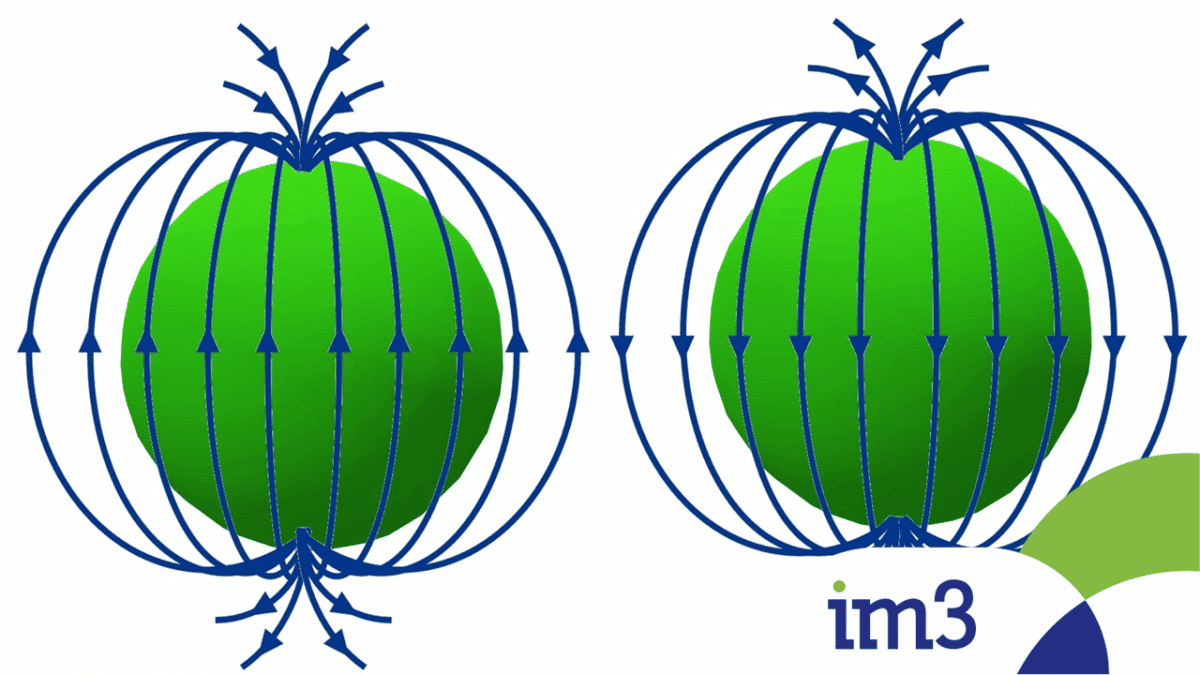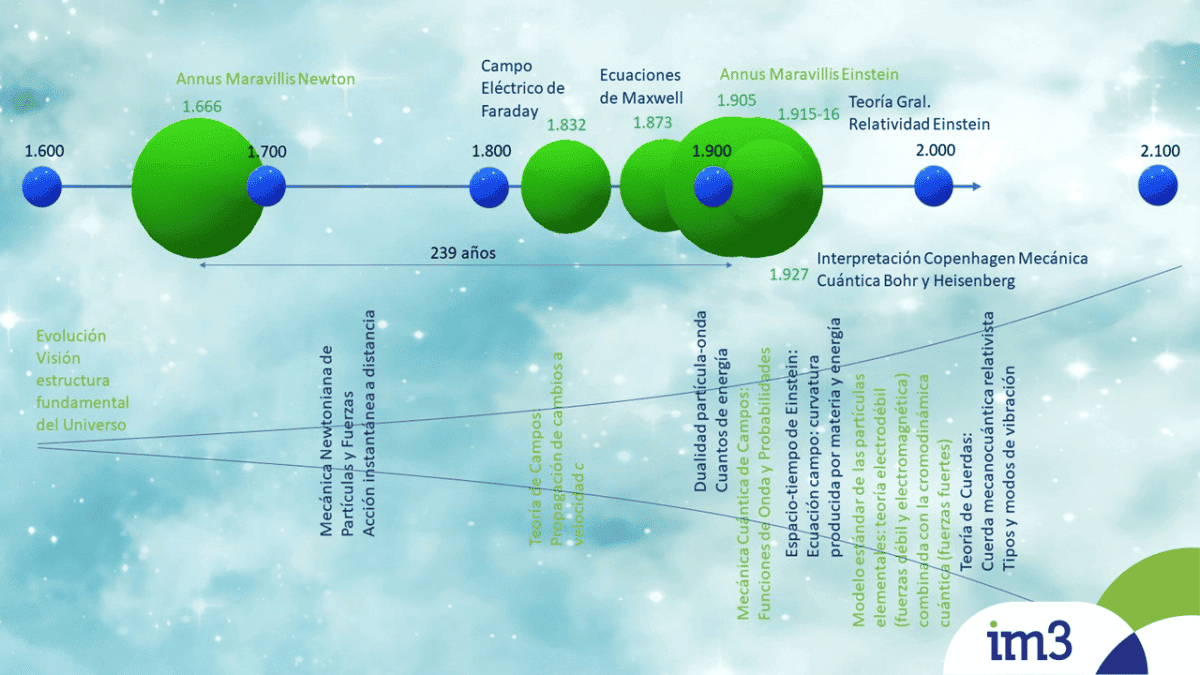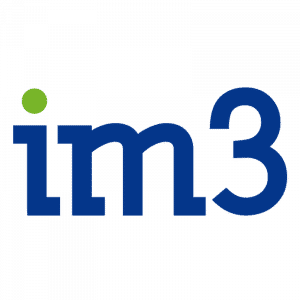27 Oct Faraday’s Anniversary
The force fields, the models of Science and the laws of Nature
Michael Faraday, the scientific discoverer without studies, reminds us of the superior importance of the impact of the results of our contributions over our origin or academic training.
Michael came from a humble family and had only the most basic school education, but this did not prevent him from becoming a great scientific discoverer.
The induction of electric fields from changing magnetic fields was his first great discovery. And years later he proposed that the electromagnetic forces extended to the empty space around the conductor.
Faraday’s concept of lines of flux emanating from charged bodies and magnets provided a way to visually represent electric and magnetic fields; a conceptual model that was crucial to the successful development of electromagnetic machine technology during the 19th century.
James C. Maxwell unified the complete mathematical formulation of the electromagnetic field theories into four equations. And, later, the quantum theory of the Standard Model would unify electromagnetism with nuclear interactions, strong and weak; a quantum theory that describes all known phenomena except Gravity, the rebel force.
It is time to reflect on the models created by humans to interpret the laws of physics, be they fields, space-time geometries, vibrating strings or parallel universes, among others, since scientific theories are inventions, whose construction rests on their logical coherence, mathematical beauty and its ability to predict phenomena.
Einstein already stated in Oxford in 1933 that the fact that General Relativity – with its geometric conception of space-time – and Newton’s theory – with the instantaneous action of its forces at a distance -, being two theories with such different fundamental bases, both predicted with tremendous success an enormous set of gravitational phenomena, could only mean one thing: the theories are inventions.
In short, scientific theories are inventions that require the intermediation of human creativity, but that, for some reason beyond our understanding, have the complicity of Nature, which seems to prefer the ideal of mathematical simplicity.
We dedicate this 196th anniversary of Faraday to all creators of mathematical models and theories and their contribution to a better interpretation of physics and Nature, and bring us closer to a reconciliation between Quantum Mechanics and gravitation, a fundamental issue to understand the foundation event of our cosmic history: the Big Bang.
Happy anniversary Faraday!



